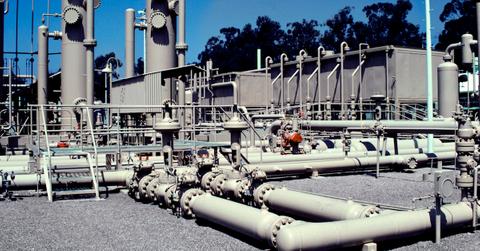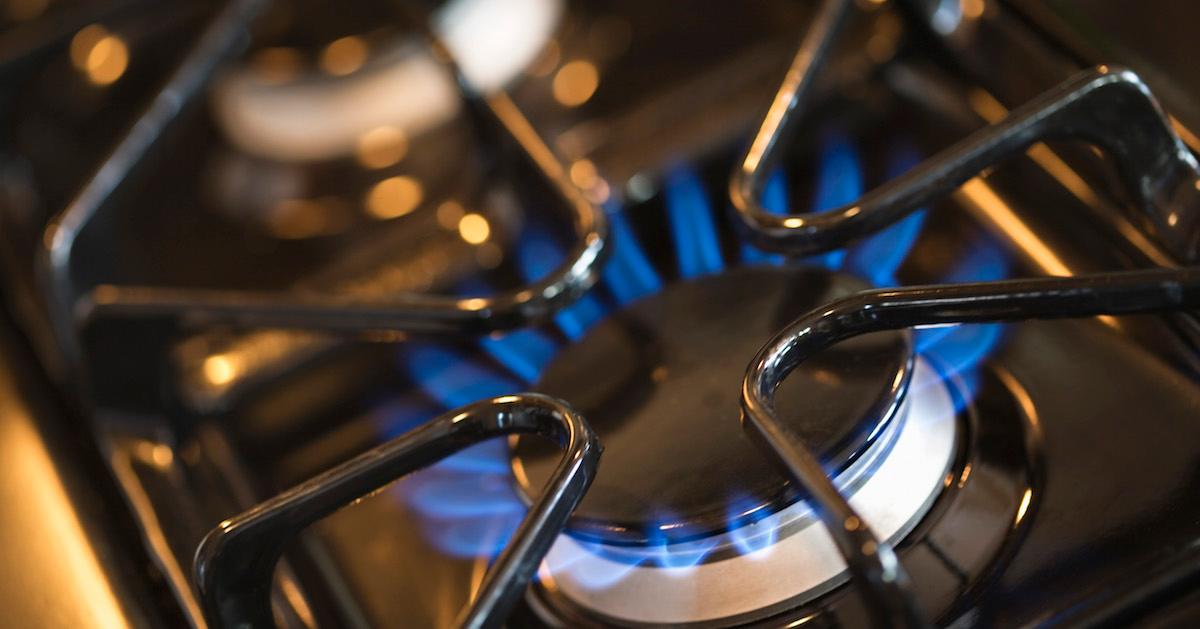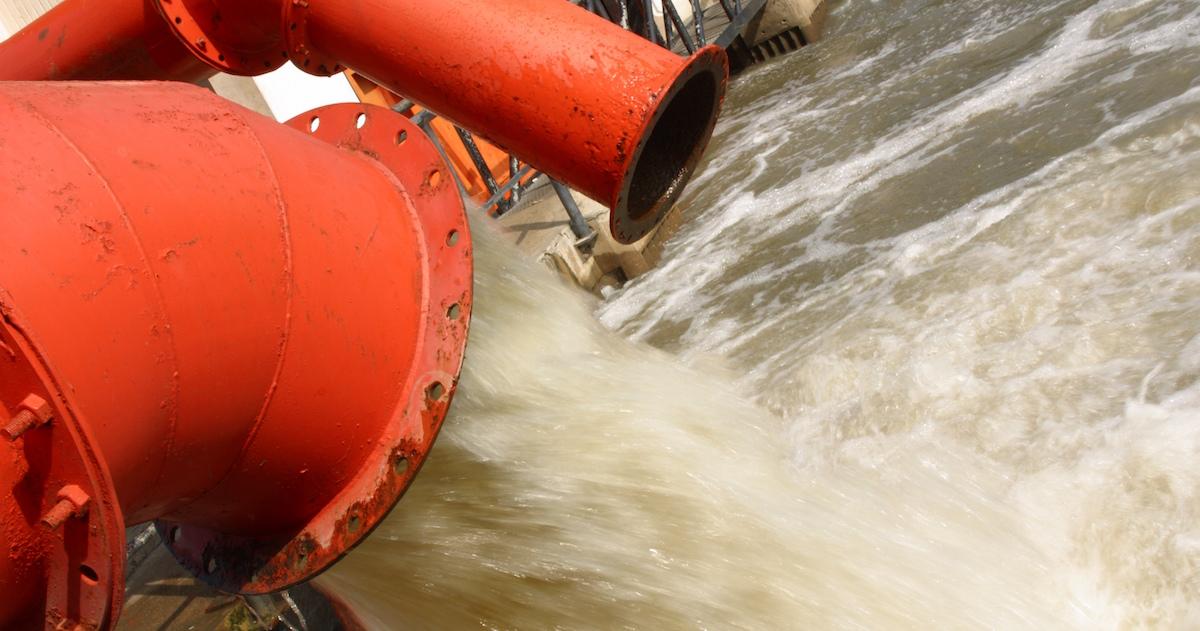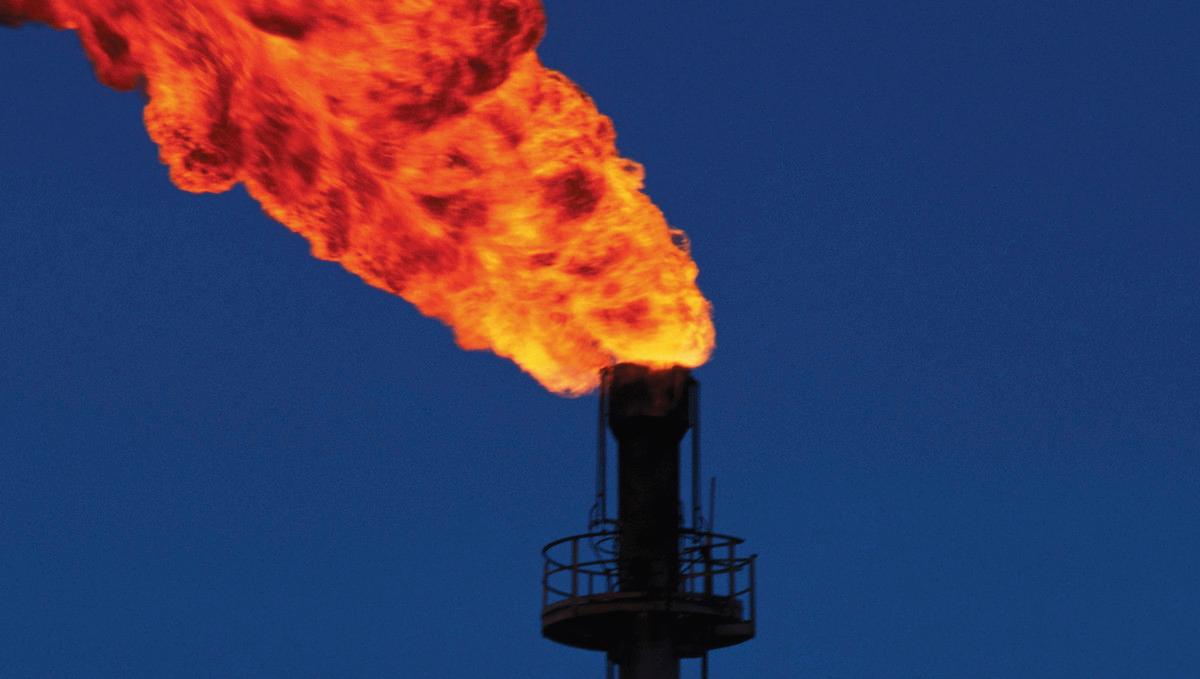What Types of Chemicals Are Used in Fracking? They're Seriously Harming the Planet
Published Jan. 5 2021, 4:14 p.m. ET

The hunt for natural gas and non-renewable resources has become increasingly perilous in recent years. Thankfully, the word fracking conjures a host of unpleasant feelings within even the most uninformed individual — fracking is a dangerous process, made more dangerous by the sometimes volatile side-effects attached to it.
Nevertheless, so few people understand how many chemicals are used in fracking nor how those chemicals might affect the environment after the gas has been extracted.

What Is fracking?
Modern high-volume hydraulic fracturing involves blasting “fracking fluid” just below the earth’s surface in order to crack sedimentary rock formations and unlock the natural gas or crude oil reserves contained within. Sedimentary rock like shale, sandstone, limestone, and carbonite, all considered “tight” or impermeable rock formations, which is why it's so hard to pull the necessary resources from them with any real efficiency.
Over the past two decades, interest in fracking has caused new advances to be made and billions to be spent. This interest and America’s push to race to the forefront of it, has launched U.S. energy interests far beyond those of other nations. According to the Environmental Protection Agency (EPA), of the approximately one million U.S. wells that were fractured between 1940 and 2014, one third of those were fractured after 2000.
Unfortunately, the current slipshod methodology used for the extraction of fossil fuels comes at a cost. There are many risks associated with fracking, regarding our health, safety, and our climate. What’s more, many of those risks have to do with the chemicals used to facilitate fracking itself.

What chemicals are used in fracking?
The process of fracking begins with drilling vertically or at a slight angle, then turning horizontal after getting through a certain amount of stone. The horizontal drill can extend for thousands of feet, before steel pipes are inserted into the well to pump the hole full of cement, which is then fractured using fracking fluid. This also fractures the adjacent rock and the resultant stored gasses and oil are removed and collected.
According to the Natural Resources Defense Council, the fracking fluid contains as much as 97 percent water, along with a host of chemical additives and proppants like sand. The EPA investigated this as well, and found it to be true. Nevertheless, it’s the additional chemicals that are most concerning, including salt, citric acid, lead, and benzene. The latter two have been proven to be hazardous if not properly stored and isolated.
Despite the fact that most fracking fluid chemicals are considered “proprietary” to the company responsible for the fracking, the EPA has identified 1,084 different chemicals reported as being used in these formulas. This means that lead and benzene are only the tip of the iceberg. Methanol, ethylene glycol, propargyl alcohol, and many other potentially-hazardous chemicals can be found in any given mix of fracking fluid, which can get into the ground or the groundwater. What happens then?

Why is fracking bad?
Fracking can cause earthquakes and land damage, both of which are particularly dangerous when you realize that many fracking operations happen close to human settlements. It can also cause other types of environmental damage, as well, negatively impacting the lives and biomes of the other creatures. Fracking operations can even ruin natural habitats. HCN reported that mule deer in northwestern Colorado had more than half of their critical winter habitat ruined because of a fracking operation.
The main concern, at least when it comes to the chemical concoctions used to facilitate fracking, is the toxicity of those chemicals when they mistakenly find their way into the water table. The BBC has reported thousands of accidental spills at oil and gas fracking sites. These spills are when the supposedly separate reservoir of oil, gas, or chemically-rich wastewater, somehow finds its way into the ground, which can cause health concerns if ingested, inhaled, or even if they come into contact with the skin.

When this happens, the environmental damage could make all water undrinkable in that region. A 2016 EPA analysis indicated that fracking operations can negatively affect drinking water resources. If the fracking operation abuts a residential area, it could mean that the water coming out of your very faucets is laced with natural gas, making for a potentially explosive and poisonous situation in your own home. Yes, your water could be on fire.
Fracking also consumes a massive amount of water. Anywhere between 1.5 million and 16 million gallons of water may be used to frack a single well, according to the United States Geological Survey (USGS). That is an incredible amount of water to pull toxins up and out of the earth and put new ones down deep inside.
On top of all of that, more fossil fuels always result in more greenhouse gasses, global warming, and air pollution. Fracking may benefit the economy but it’s not great for those who live around these industrial operations, or for the global environment. When all is said and done, state and federal lawmakers are still working to regulate the locations of the drilling, the chemical compositions of fracking fluid, and adding precautions that will prevent spills from occurring.